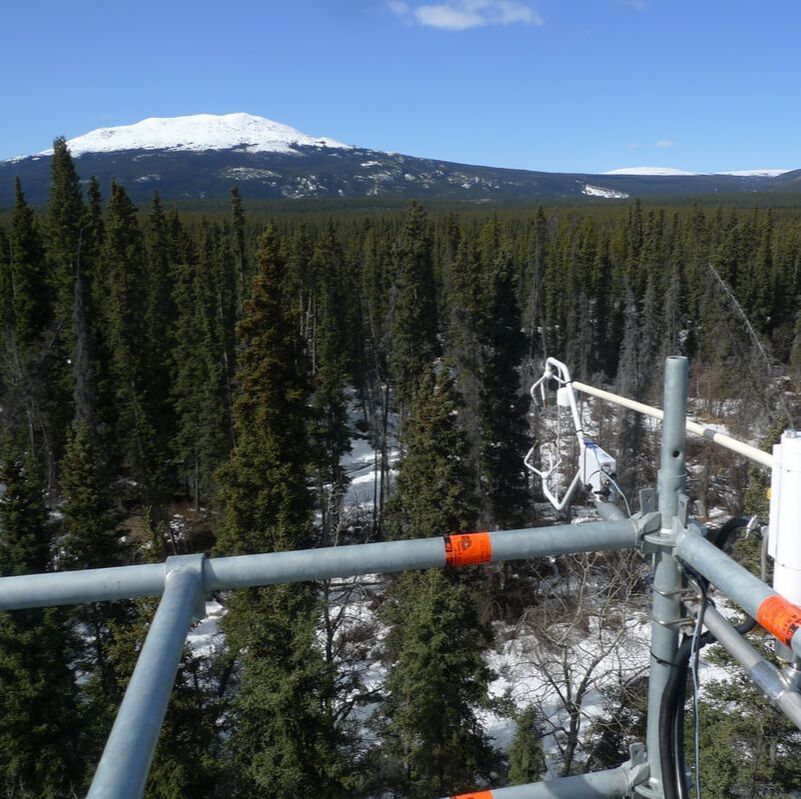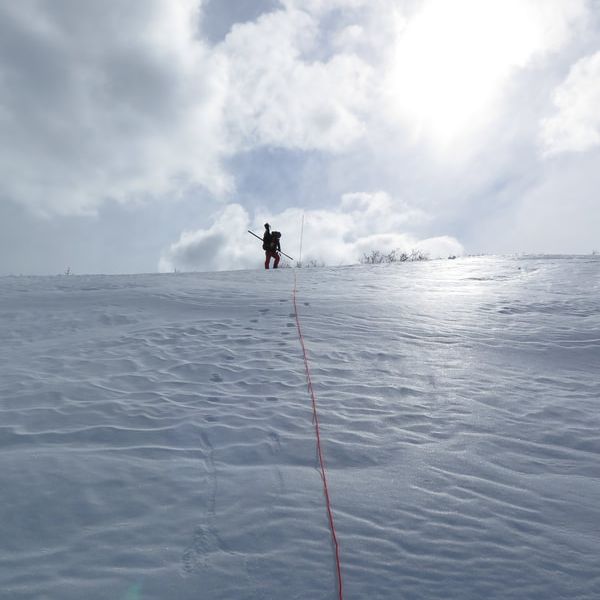Welcome to the webpage for Wolf Creek Research Basin (WCRB)!
WCRB is located on the traditional territory of the Kwanlin Dün, Ta’an Kwäch’än Council and Carcross/Tagish First Nations in the sub-Arctic mountainous headwater region of the Yukon River, near Whitehorse, YT. Since its establishment in 1992, WCRB has worked to provide science-based evidence for decision making in the areas of water, climate and the biosphere and to provide a test-bed to help resolve deficiencies in hydrological models in cold climates. It remains one of the longest operational northern research sites in Canada with publicly accessible data.
Please explore this site to learn more about partnerships, current and past research, data availability, watershed characteristics, resources, and upcoming events.
Click the button below to subscribe to our annual newsletter and please share your experience in Wolf Creek Watershed by emailing us, or filling out the survey at the link below. We would love to hear your perspectives and stories!
WCRB is located on the traditional territory of the Kwanlin Dün, Ta’an Kwäch’än Council and Carcross/Tagish First Nations in the sub-Arctic mountainous headwater region of the Yukon River, near Whitehorse, YT. Since its establishment in 1992, WCRB has worked to provide science-based evidence for decision making in the areas of water, climate and the biosphere and to provide a test-bed to help resolve deficiencies in hydrological models in cold climates. It remains one of the longest operational northern research sites in Canada with publicly accessible data.
Please explore this site to learn more about partnerships, current and past research, data availability, watershed characteristics, resources, and upcoming events.
Click the button below to subscribe to our annual newsletter and please share your experience in Wolf Creek Watershed by emailing us, or filling out the survey at the link below. We would love to hear your perspectives and stories!
OUR GOALThe foundation of research in WCRB is to improve the understanding of cold region hydrological processes and their interaction with climate and vegetation and to better represent this understanding through improved conceptualization and parametrisation of numerical hydrological and related models. |


